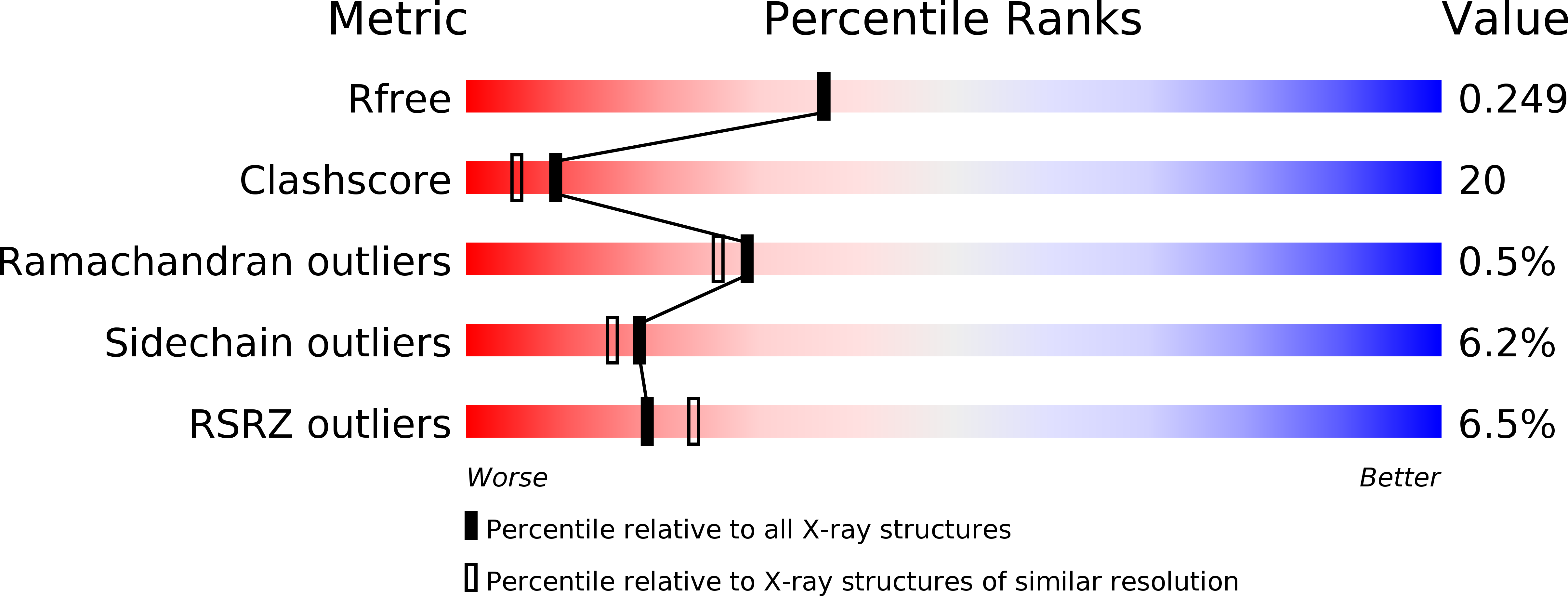
Deposition Date
2006-03-20
Release Date
2006-08-01
Last Version Date
2024-11-20
Entry Detail
PDB ID:
2GEM
Keywords:
Title:
2.1A crystal structure of Salmonella tyhpimurium YeaZ, a putative Gram-negative RPF, form-A
Biological Source:
Source Organism:
Salmonella typhimurium (Taxon ID: 602)
Host Organism:
Method Details:
Experimental Method:
Resolution:
2.10 Å
R-Value Free:
0.24
R-Value Work:
0.22
R-Value Observed:
0.22
Space Group:
P 32 2 1


